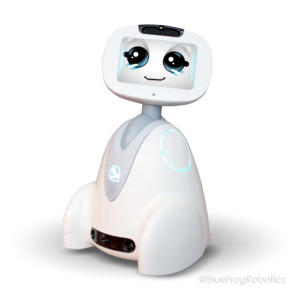
Tatjana Nazir
Présentation
EMBODIED COGNITION
My research focus on the extent to which human cognition and language is constrained by characteristics of our physical body (cf. Embodied Cognition).
A number of studies over the past decade has established that language processing takes advantage of information coming from our sensory and motor systems. Hence, hearing a sentence such as “Susan writes a letter” triggers activity in brain regions that are typically involved in the planning/execution of a hand action. This, in turn, helps elaborating the content of the verbal message.
In motor control such ‘language-sensitive’ motor structures serve prediction and verification. While they can be used to run ‘simulations’ of actions without overtly executing them (cf. mental imagery), training effects seen in musicians, athletes and patients testify that such mental simulations improve performance. If language-processes have access to these modality-specific brain structures they should have the potential to similarly modify performance.
Part of my current research focus on testing these assumptions by analyzing consequences of consuming literary fiction on the human mind; and by analyzing the nature of language processing when the access to these modality-specific brain structures is not possible (cf. Aphantasia).
OF SOCIAL ROBOTS AND MEN
Social robots are artificial systems capable of sensing human gestures and emotions. They are autonomous and can directly interact and communicate with us. By 2025, the social and entertainment robot market is forecast to grow to 1.38 billion U.S. dollars, and it is believed that social robots will become as indispensable to us as our smartphones.
However, very little is known about the consequences these agents will have on our social behavior. Introducing artificial social agents into our daily lives requires an understanding of human socio-cognitive behavior, including how we reason and feel about social robots. Incidences of Robot-abuse, for instance, have raise the question of whether interacting with social robots can bring out negative sides in humans.
On this background, in this project I aim to i) characterize “behavioral triggers” (displayed by artificial social agents) and context conditions that will invite humans to feel comfortable interacting with social robots; and ii) determine what the interaction with robots that are designed as social companions does to our way of being.
Since questions related to social exchanges between humans and social robots will soon accumulate, my project also aims at validating simple experimental paradigms adapted to provide rapid answers to these questions.




